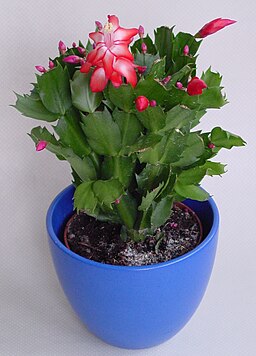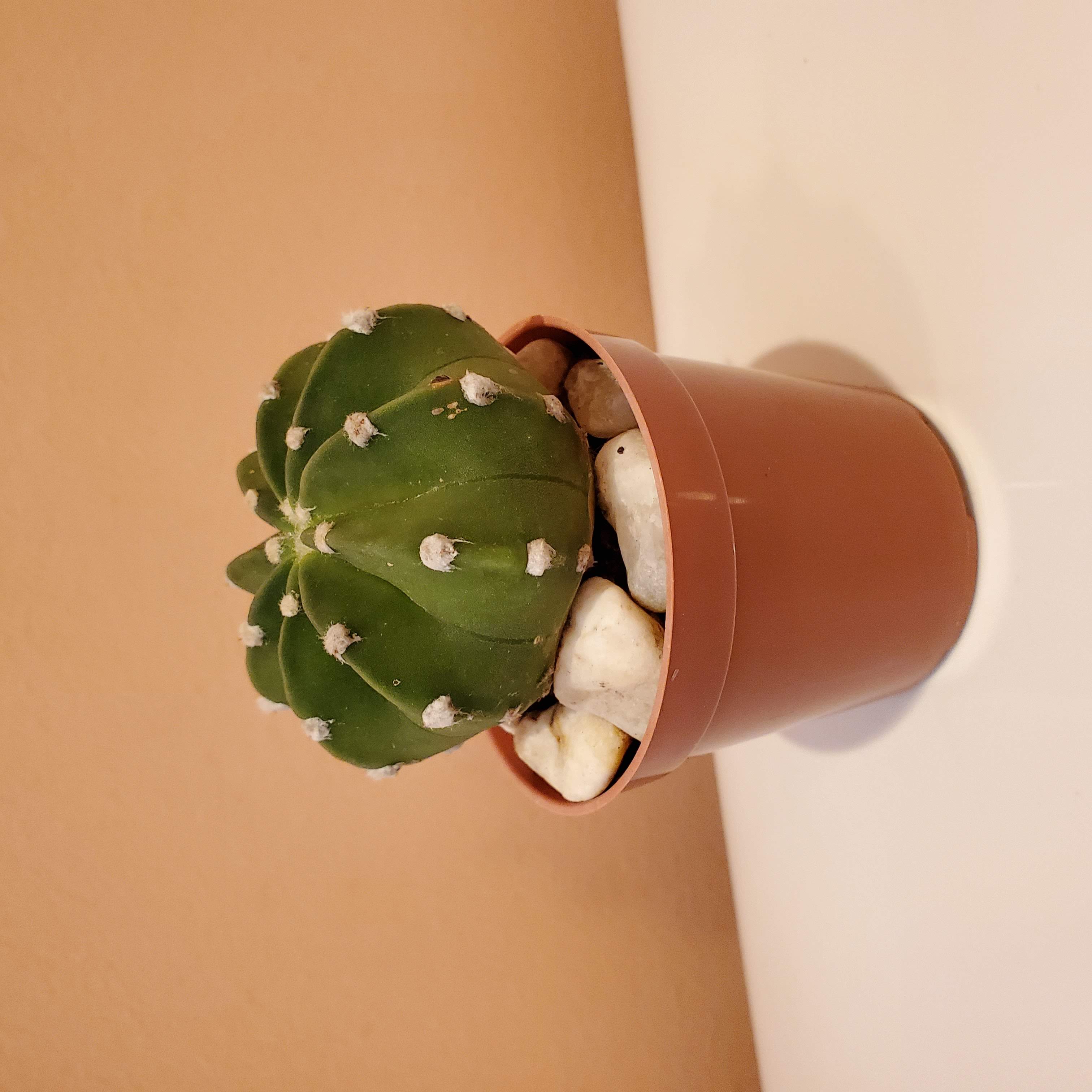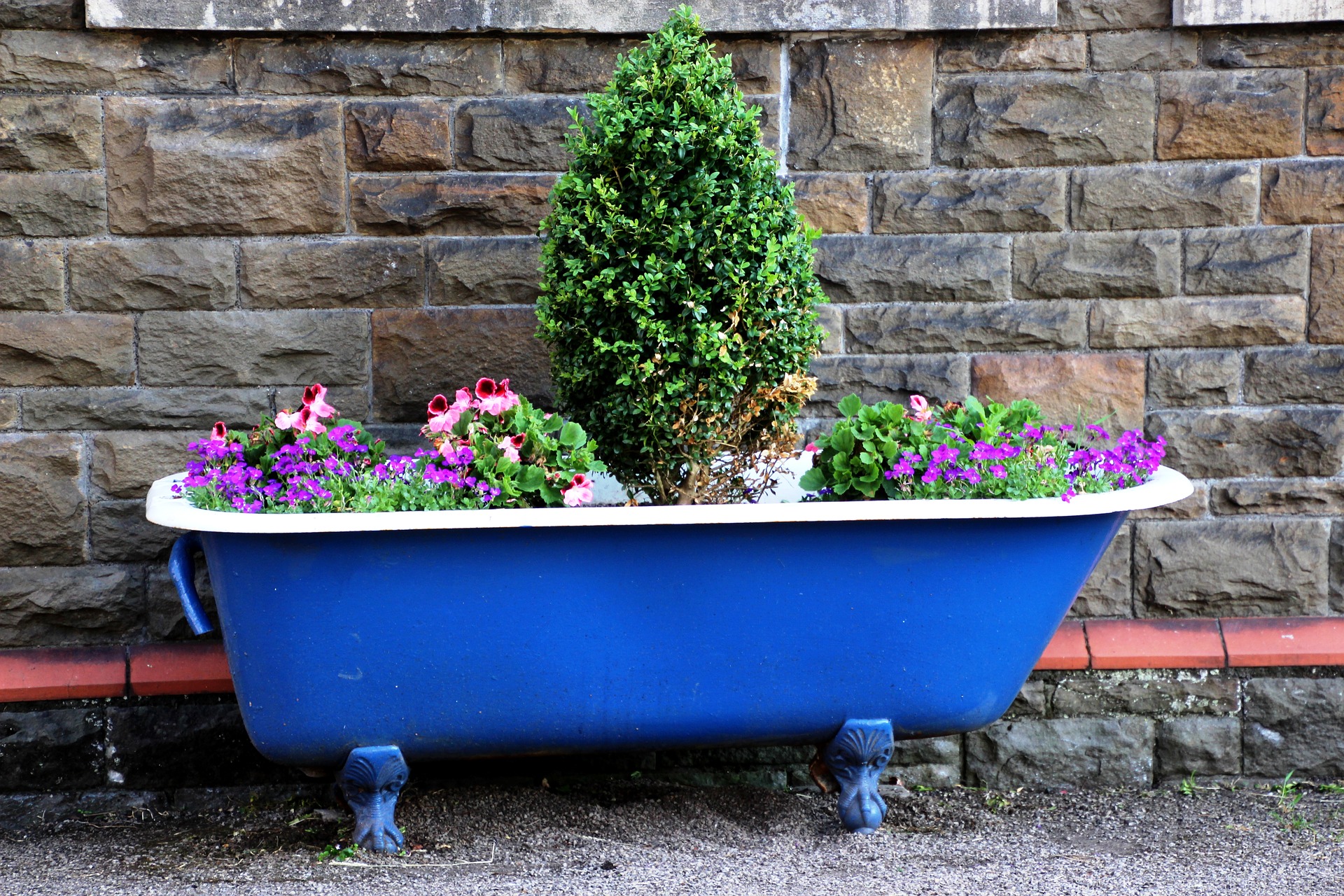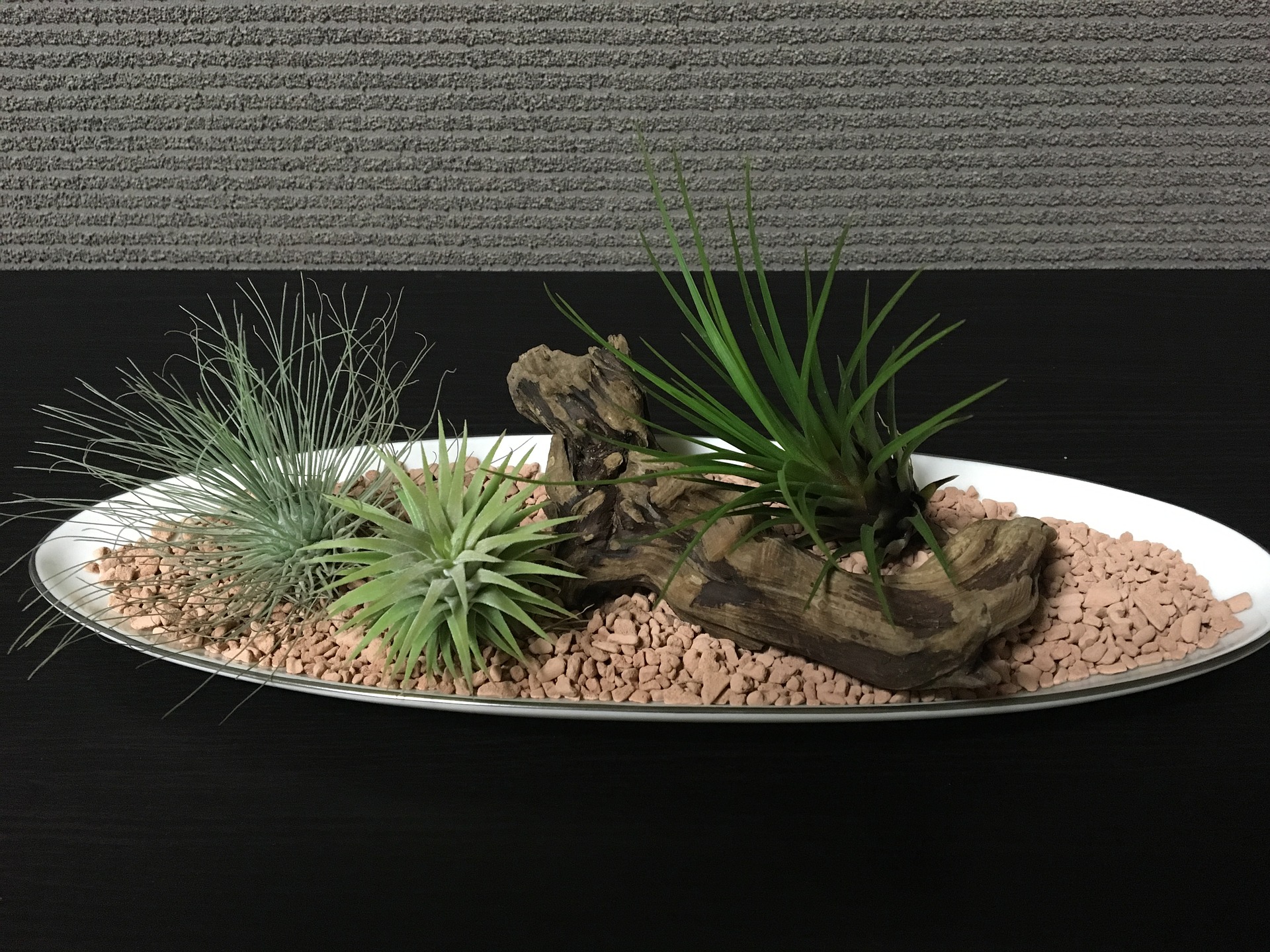- Home
- Cactus Garden
- Holiday Cactus
Holiday Cactus Care
You start to see holiday cactus in the big box retailers in the US starting in early November. But holiday cacti are not only for Christmas. In fact, there are Easter, Thanksgiving and Christmas holiday cacti.
What are holiday cacti?
In this article, we will answer your questions:
- Is this really a cactus?
- How do you care for them?
- Are there different types?
- What is the holiday cactus scientific name?
What is a Holiday Cactus?
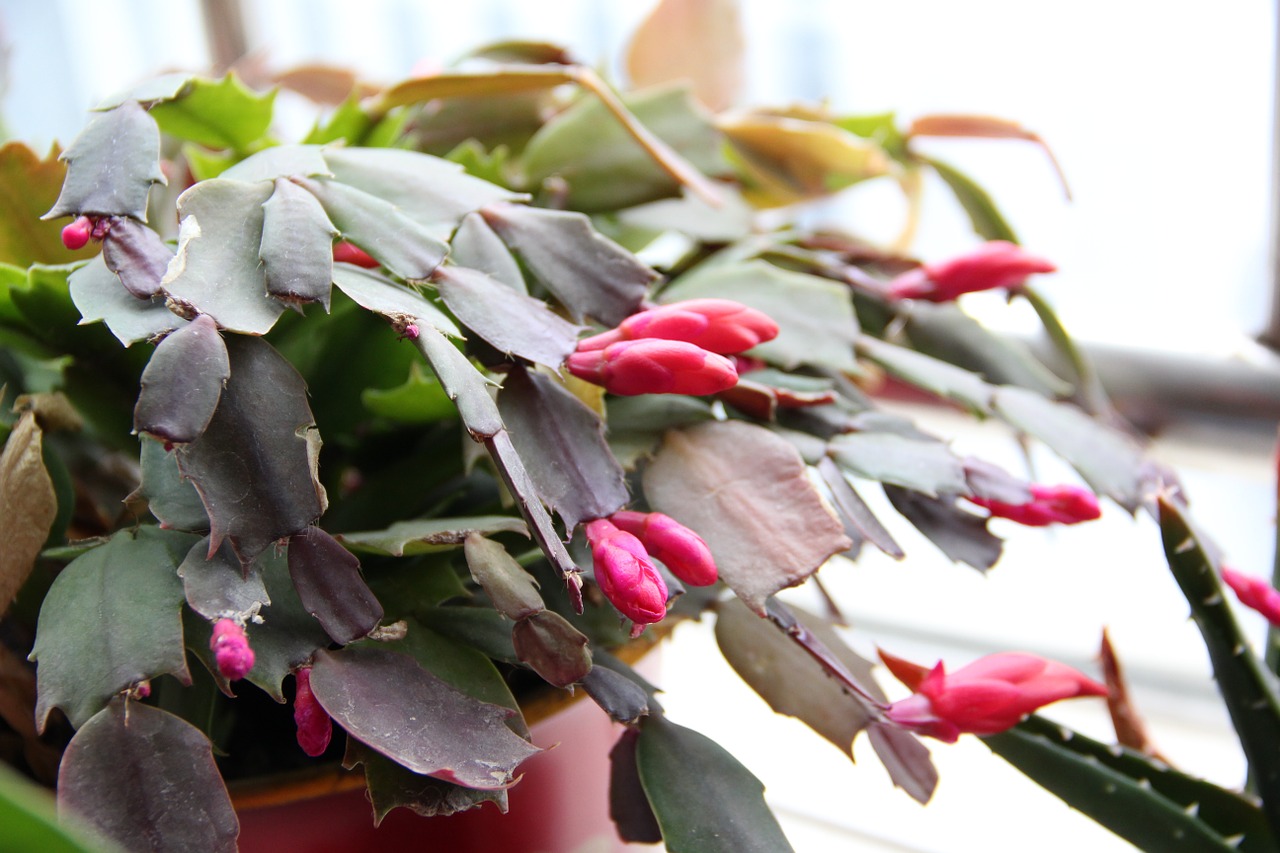
You've probably seen them, with trailing branched succulent stems and bright flowers which are usually pink, magenta, red or sometimes white.
These succulent plants are frequently sold in the months leading up to Christmas, under the names Holiday Cactus, Christmas Cactus, Thanksgiving Cactus, Orchid Cactus or Zygocactus.
There is also a spring-flowering holiday cactus called the Easter Cactus.
There are actually three different types of these holiday cactus. They look quite similar, but flower at different times, and have slight differences in their leaves. These are Thanksgiving, Christmas, and Easter cactus.
These are indeed true cacti, but unlike their desert brethren they are native to tropical regions of South America, and in the wild they are epiphytes, which means in their native habitat they don't grow in the ground but instead on tree branches. Thus they have evolved a drought tolerance similar to desert cacti, although they prefer substantially more humidity.
Holiday cactus are all members of the plant family Rhipsalideae. The most common Thanksgiving and Christmas cacti are in the Schlumbergera genus. These plants come from mountainous regions of coastal Brazil, and grow in shady, humid areas high up on forest trees or rocky outcroppings. The Easter cactus flowers in the spring, and is in the Rhipsalidopsis genus.
Three Types of Holiday Cactus
Thanksgiving cactus - Schlumbergera truncata (blooms around November) - this is the holiday cactus most frequently found in stores
Christmas cactus - Schlumbergera buckleyi (blooms around December)
Easter cactus - Rhipsalidopsis gaertnerii, sometimes called Schlumbergera gaertnerii (blooms in the spring)
Holiday cacti can thrive as houseplants for many years, even many decades, and with the right care they can display their holiday blooms year after year.
They are also safe for your pets!
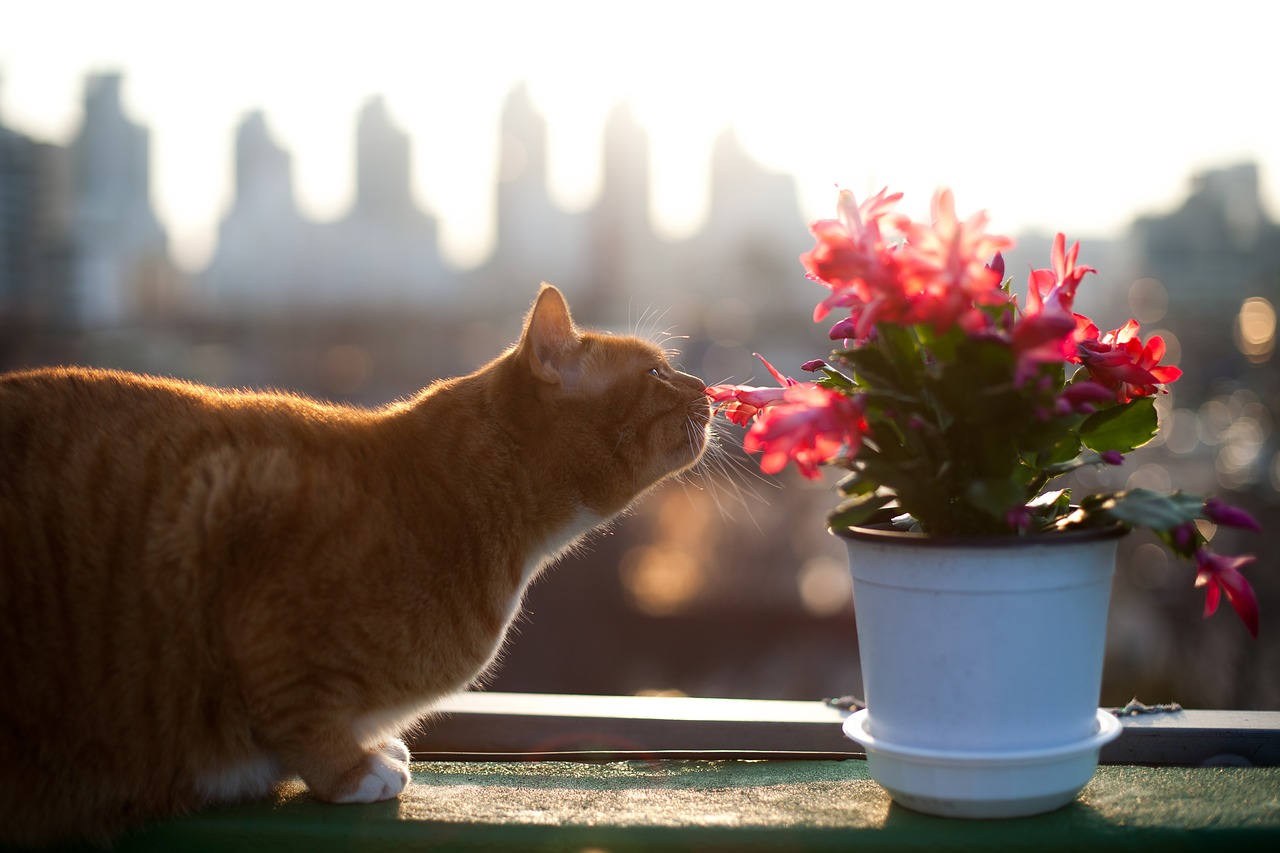
Caring for and Growing Holiday Cactus
How do you take care of a holiday cactus plant?
The best way to care for a holiday cactus is to consider its natural habitat: they grow in tropical mountains with high humidity, indirect light, and with nights that are cool but not cold. Obviously you can't reproduce those conditions in your house, but here are four tips to help them feel more comfortable in your home environment:
- Don't let them get too cold: it's great to let your holiday cactus enjoy being outside during warmer months, but once temperatures drop below 50F then bring them inside.
- Provide extra humidity: you can mist them every few days, or let their pot sit above a tray of pebbles with water (but never let their roots stay touching the water).
- Provide bright indirect light but not direct sunlight. They will love to be close to a bright window inside, or under the shade of a porch or back deck.
- Give them fast-draining soil, like a cactus or orchid mix, and water frequently, letting the water drain out of the pot. Or if they are in standard houseplant potting mix, then let the soil dry out before watering again.
How often do you water holiday cactus?
How often to water them really depends on the type of soil your holiday cactus is planted in, as well as the environmental humidity and temperature, all of which contribute to how fast the soil dries out.
If you bought it from a big box store, chances are the plant is in regular houseplant potting soil which will hold water for longer than succulent or cactus potting mix.
In either case, make sure the soil just dries out before you water it again. Also, make sure the pot has drainage holes and don't let it sit in water (if it came with foil or plastic around the pot, then make sure to remove that as soon as you bring your cactus home, because it traps water around the roots which will eventually suffocate and kill your plant).
If your holiday cactus is growing in very well-drained substrate, similar to its natural environment, then you may need to give it a more frequent drenching. But always make sure the water drains out of the pot thoroughly. This will mimic best the natural home of the holiday cactus, where it might be clinging in the nook of a tree branch, or against a rock face, and although it gets frequent heavy rainstorms, it never has much water staying around its roots.
Holiday cactus also prefer a more humid environment than most homes provide, especially during colder winter months. You can help the plant by misting every few days if you find your air is very dry inside.
Holiday cactus light requirements
These plants prefer bright indirect light, which best reproduces their natural environment. If your plant is close to a window, but not in a lot of direct sunlight, then it will probably be quite content.
How do I get my holiday cactus to bloom?
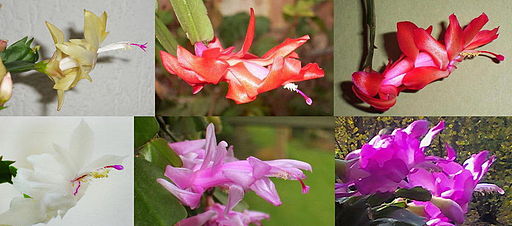
In nature, holiday cactus blooms are pale pink through magenta and red. Today, you can also find nursery-grown hybrids in many other colors including white, orange, purple and bicolored.
Holiday cactus will typically bloom around Thanksgiving, Christmas, or Easter depending on the variety you have (this is why they are called holiday cactus).
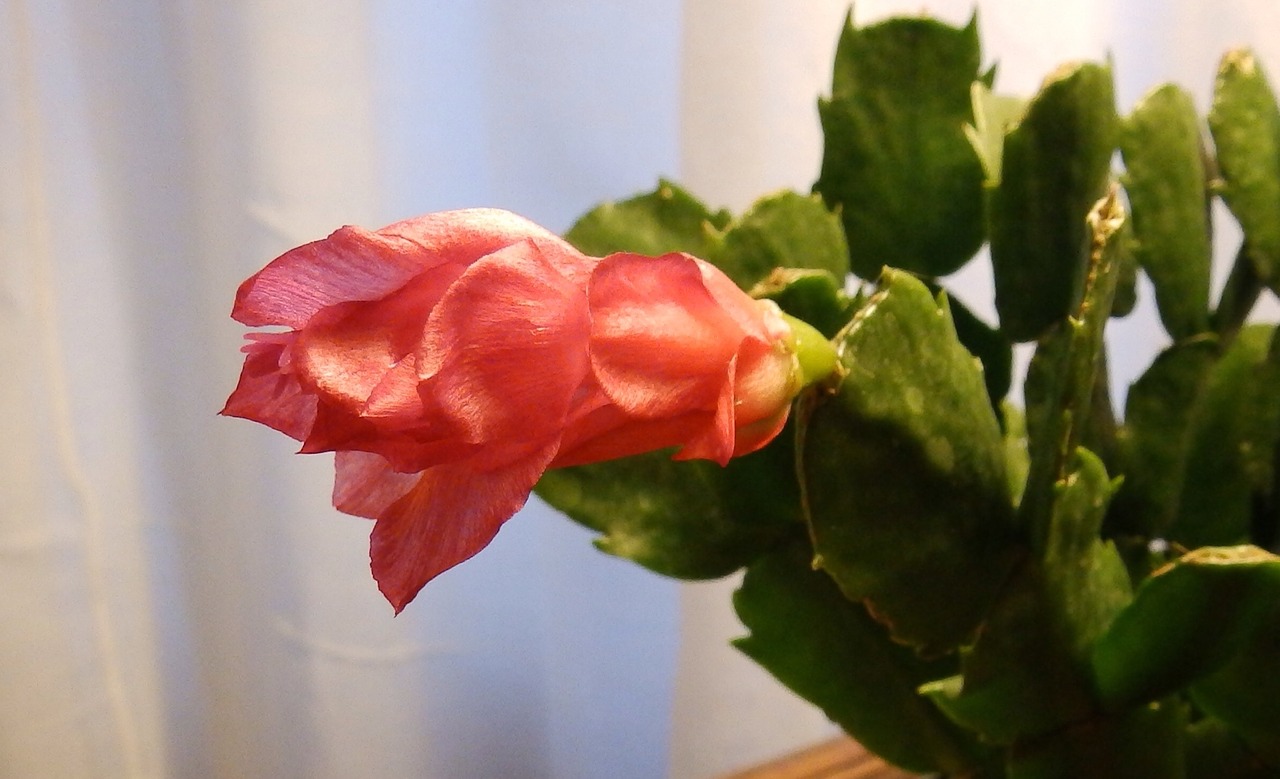
In order to bloom, you need to provide your holiday cactus with a few weeks of cooler weather with long nighttime darkness to mimic the approach of winter (for November and December bloomers). I find that if I leave my plant outside while the nights are getting a little cooler in late September and October, away from any bright artificial lights, this usually does the trick to force the plant to start to bud.
Once you see buds, you can bring your plant inside to await the beautiful blooms. But make sure it doesn't get too drastic of a change in temperature or light, or it might drop its buds before they open.
Types of Holiday Cactus
There are three different types of cactus that are often referred to as Holiday Cactus. These are commonly called Thanksgiving and Christmas cactus (which bloom in late fall or early winter) and Easter cactus, which blooms in the spring.
What is the difference between Christmas and Thanksgiving cactus?
Both Thanksgiving and Christmas cactus bloom in late fall to early winter. The best way to tell the difference is by looking at the stem segments: Thanksgiving cactus segments have pointy projections at the ends of each segment and on the sides, whereas the Christmas cactus are more rounded with scalloped edges.
The image below shows Christmas cactus on the top, and Thanksgiving cactus below, showing the difference between the two:

The vast majority of holiday cacti sold in big box retailers in the US are actually Thanksgiving cacti. It is quite rare to see true Christmas cacti in these stores.
Easter Cactus
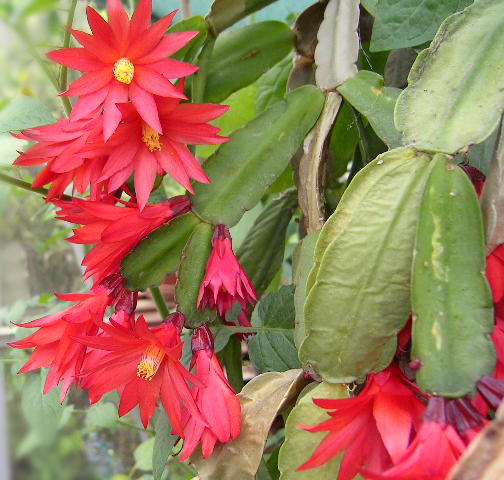
The best way to tell if you have an Easter cactus is from its flowering season: Easter cacti will bloom in the spring, usually around Easter time, hence their common name.
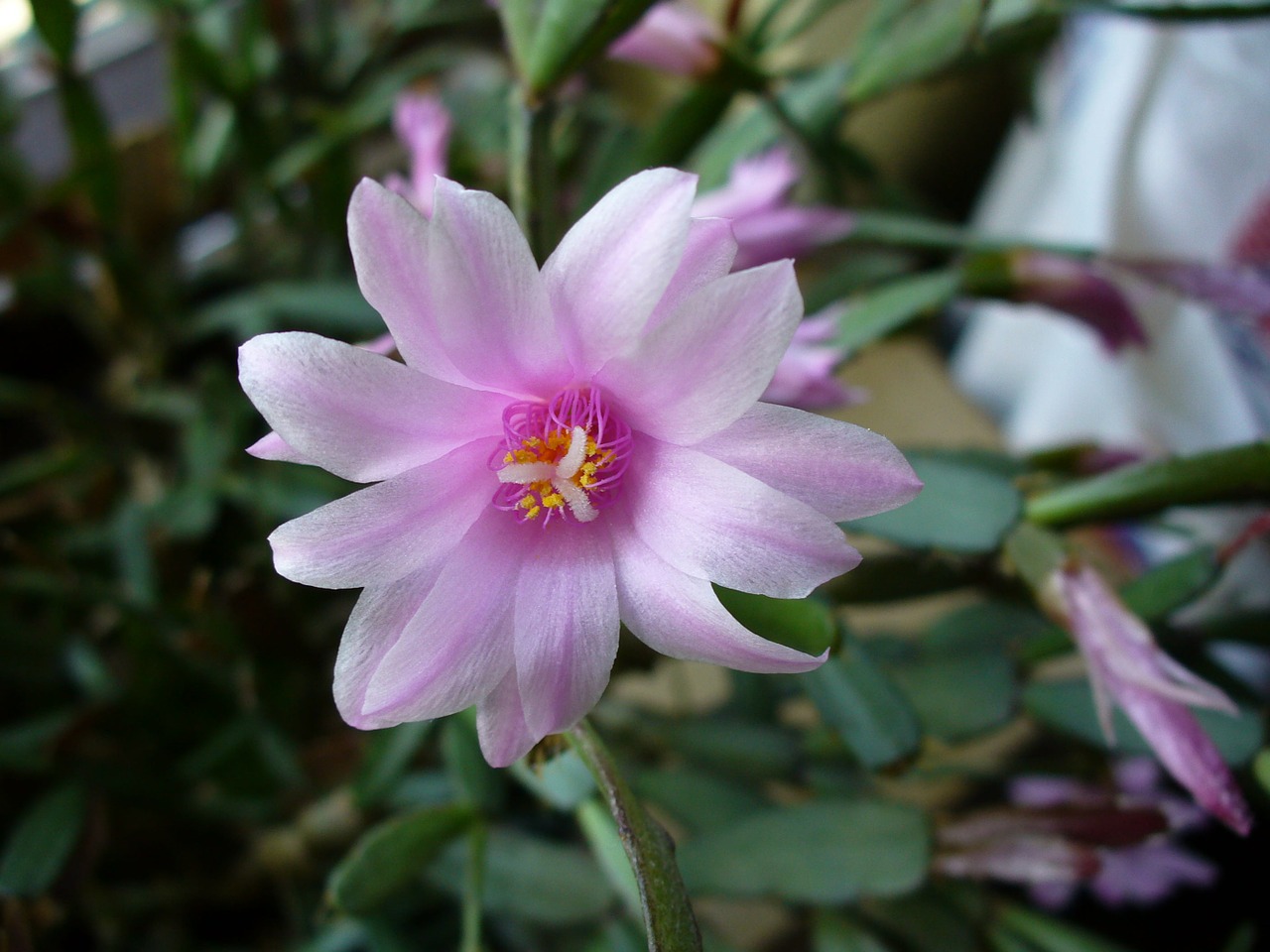
The flower of the Easter cactus also looks a little different from a Thanksgiving or Christmas cactus. They have more rounded stem segments, like a Christmas cactus.
Next, learn more about other cacti like the Moon Cactus.
- Home
- Cactus Garden
- Holiday Cactus
